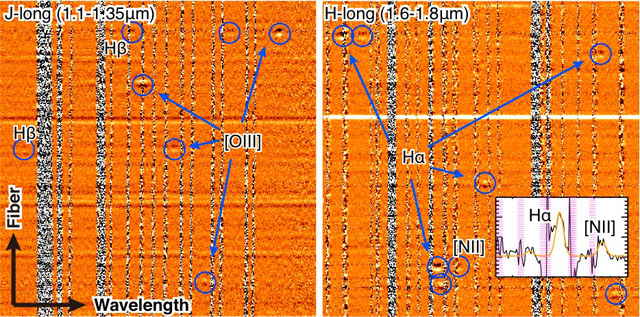Marching to the Beat: Subaru’s FMOS Reveals the Well-Orchestrated Growth of Massive Galaxies in the Early Universe
| Science
Using the Fiber Multi-Object Spectrograph (FMOS) mounted on the Subaru Telescope, a team of astronomers participating in the Cosmological Evolution Survey (COSMOS) has found that galaxies, over nine billion years ago, provided a nurturing environment for the birth of new stars at remarkable rates while at the same time as orderly as commuters on a typical Tokyo workday. Even at these early times, there are signs of maturation, since the surroundings of massive galaxies were relatively dusty and enriched by heavier elements.

The scientific paper on which this article is based appears in the Astrophysical Journal Letters published on November 1, 2013. (Koshino et al. 2013, “The FMOS-COSMOS Survey of Star-forming Galaxies at z ~ 1.6. I. Hα-based Star Formation Rates and Dust Extinction”, The Astrophysical Journal Letters, Volume 777, L8)